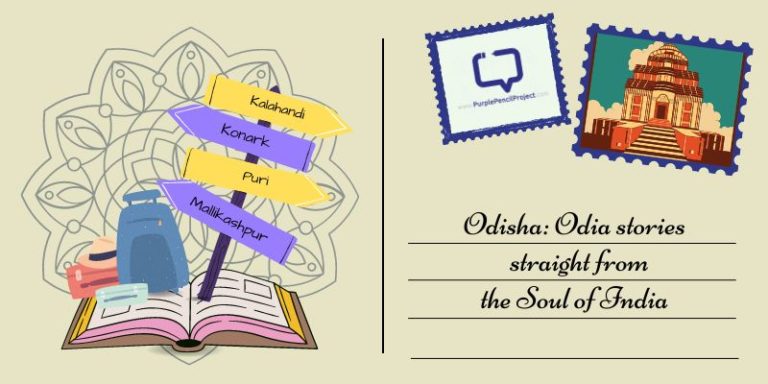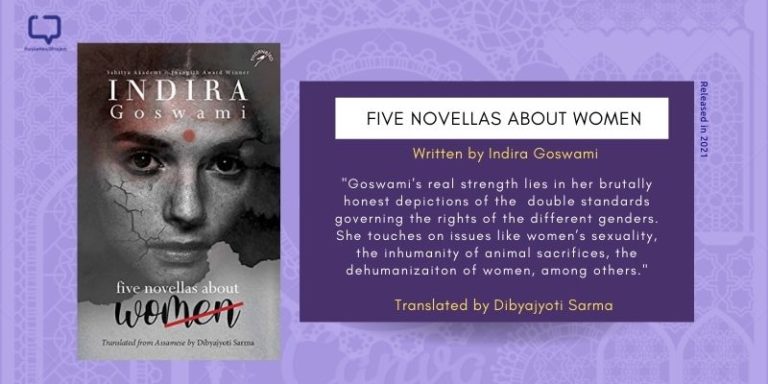A Saint, A folktale and other stories: Lesser known monuments of India, by Rana Safvi, is a collection of 19 articles, each on a different monument (most of these in northern India), including one on the graves of select poets.
We encourage you to buy books from a local bookstore. If that is not possible, please use the links on the page and support us. Thank you.
I read A Saint, A folktale and other stories: Lesser known monuments of India, at a time when I have been exploring places of historical importance in and around eastern Uttar Pradesh where I am based. Those I have visited recently include Saidpur (Bhitari), Chunar and Jaunpur. In the process, I have got some idea of the archaeological, historical and cultural wealth which dots the landscape. A wealth that is not hidden but rather located amidst a densely populated region.
Most of these monuments suffer from a lack of awareness and absolute apathy.
A Saint, A folktale and other stories: Lesser known monuments of India makes the reader aware of some such monuments, the stories behind the monuments, and the state in which they stand today. These lesser-known monuments of India may have been kept away from the limelight but are very much as stunning and fascinating as some of their better-known counterparts. For that, it is a valuable compilation. That someone has been able to visit these (and would have visited more) warrants compliments.
I have been fortunate to visit a few of the monuments that the book talks of. The Nagina mosque at Champaner, Khusrau Bagh at Allahabad, Paigah tombs at Hyderabad and the graves of Dagh Dehlvi and Mahalaqa Bai Chanda (also at Hyderabad), and I got to understand these places in greater detail thanks to Safvi’s stories. She also writes about Adina Masjid at Pandua or the Sheikh Chehli tomb and Madrasa at Thanesar, encouraging the readers to read up further on these monuments, and visit and explore their historical significance.
Writing about the lesser-known monuments of India
A Saint, A folktale and other stories: Lesser known monuments of India uses a broad range of references to bring out the stories pertaining to the monuments – from Ibn Battuta to James Fergusson, from the Gazetteer of Bombay Presidency to the Tuzuk-e-Janangiri. It aptly discusses select topics that these lesser-known monuments touch upon – like the tree of life (immortality) being a dominant artistic theme in Hinduism, Jainism and Buddhism. Also, the authors’ trips are from a recent period, one mentions August 2021 as the time of visit, so the description of the condition of the monuments is not dated.
It would have helped if the details about the places could have been included along with the articles themselves. Similar to the glossary. While the colour images add to the text, not so much the monochrome ones. A map with the locations of the monuments could have also added value.
The writing is a major letdown. Not only could it have been more crisp and tight but also more engaging and eloquent. The text is weak, and it could have been done without the cliches, generalizations, and typos.
It is an important work of historical non-fiction, even as a document of our rich heritage.






















